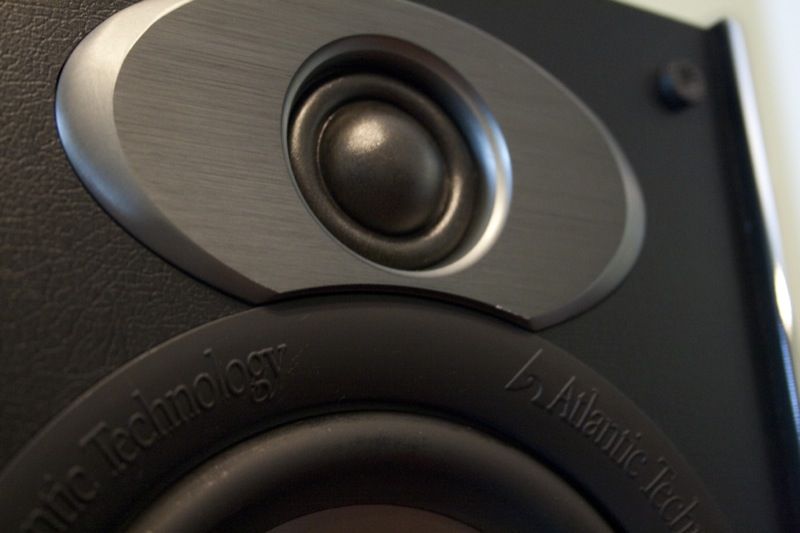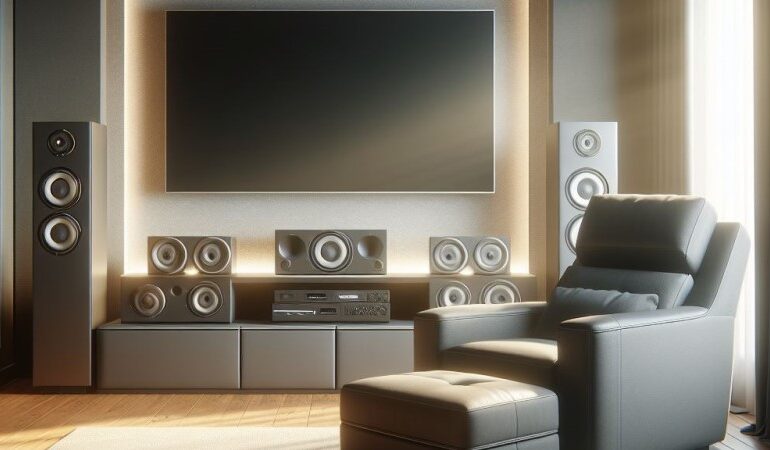Couch Blocks Speaker – Is it a Problem?
It’s amazing that some people seem to have a whole room to dedicate to their home theater. With your budget and life, that’s just not possible. Maybe the next time you move or when one of your kids goes off to college, you’ll have that extra room. But for now, you’ll be using your living room like everyone you know. This, of course, comes with some challenges. The biggest of which is speaker placement. Specifically, your couch partially blocks a speaker which seems like a big problem. But is it? Let’s discuss!
Speakers Are Often an Afterthought
Let’s be honest: speakers are often an afterthought when we are setting up our living rooms. Heck, oftentimes, people buy a couch based on comfort and looks and then decorate around it. Setting up a sound system in the same room wasn’t even a consideration until much later. Adding speakers to a room can be problematic which is why we’ve written so many articles to help you out:
- Should I Use a Small Bedroom as a Home Theater?
- Setting Up a Home Theater in a Very Large Room – Pros and Cons
- Six Living Room Audio Upgrade Tips
- No Side Walls – What Do I Do About Surround Speakers?
- How To Place Surrounds for Off-Center Couch
- Best Speaker for Surround Placed Near Couch
- Does My TV Need to Be Centered Between My Speakers?
- Stereo or Three Speakers – Which is Best for Your TV?
- Home Theater 101: Picking the Perfect Seats
Couch Blocking Speaker – What are the Biggest Issues?
It seems like a couch blocking a speaker would be a problem if it blocks it at all. Putting your hands up to your ears blocks some of the sound and makes the rest sound different. Surely that would be the same with a speaker behind a couch.
If you put your hands up to your ears while listening to music, what is the biggest difference you hear? Is it the bass (the low notes) or the treble (the high notes)? If you listen carefully, you’ll realize that it is the treble that is most affected. This is because high notes have very short wavelengths making them much more directional. Bass, on the other hand, is omnidirectional. Those bass waves are long enough that they wrap right around your hands and reach your ears with very little change. The treble will sound muffled and muted.

Speaker Design
Different drivers in your speaker create the different sounds. Some very inexpensive (and, conversely, very, VERY expensive) speakers will have a single driver to create all the sounds. Most speakers have more than one driver. One of those drivers will be much smaller than the others and usually placed so that it will be at ear level when you are seated. This is your tweeter (the other drivers are woofers). The tweeter creates all the highest notes.
If you are worried about your speaker being blocked by your couch, the biggest problem would be if it blocked the tweeter. Those high notes are much more affected by anything in their path than the lower, bass notes. If you can still see the tweeters in your speakers while you are seated, then the couch blocking the rest of the speaker shouldn’t be much of a problem.
Take Away
Even if you have a dedicated room for a home theater, you will always have to make some compromises. In a non-dedicated room, that’s even more true. If your speaker is partially blocked by anything (including a couch), it’s really only a problem if the tweeter is blocked. If you can see the tweeter from your seat, your audio quality shouldn’t be overly affected.


